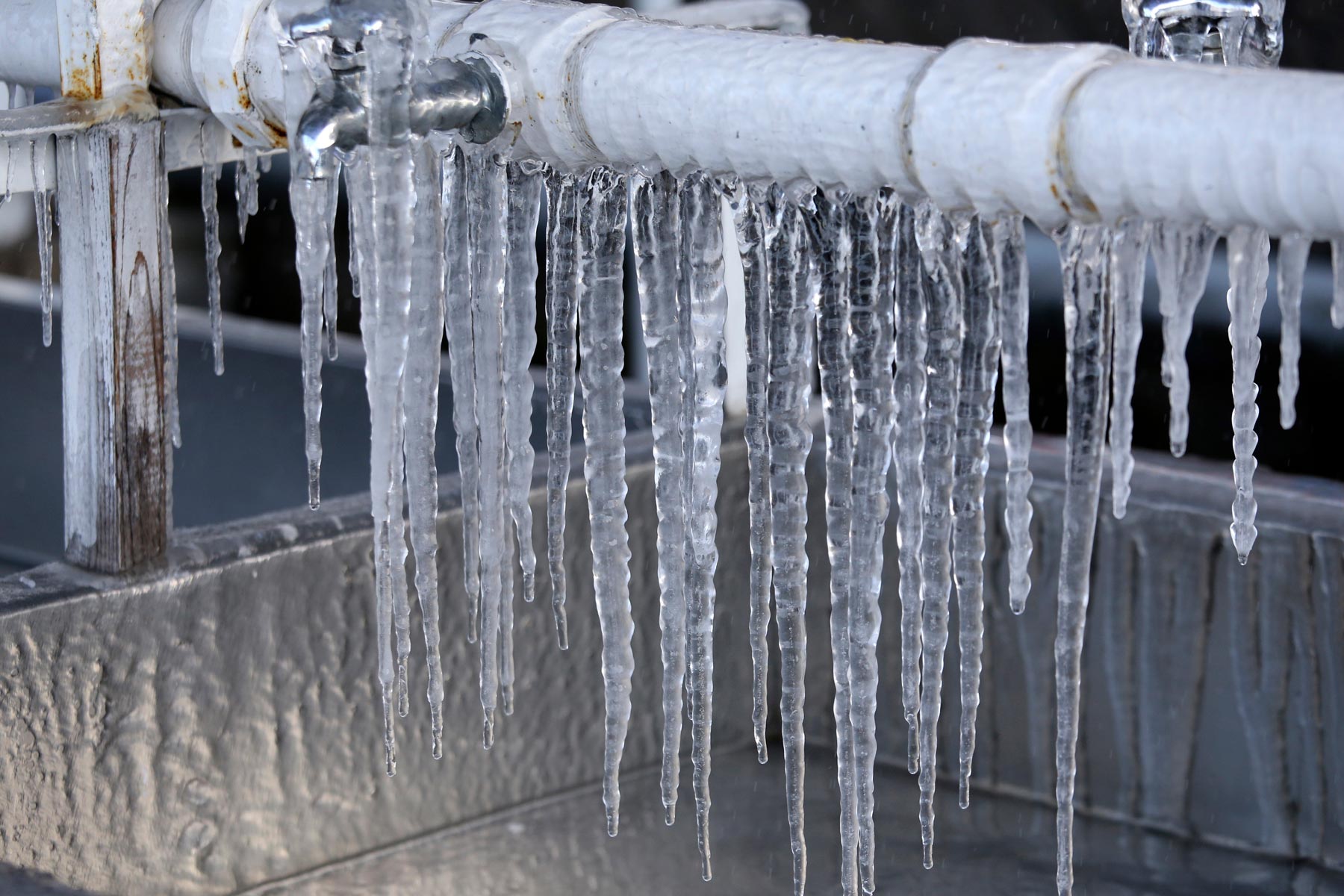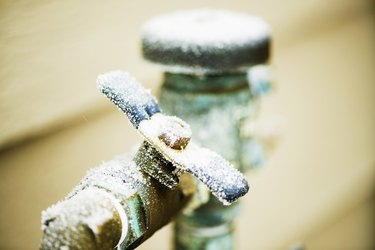How to Defend Plumbing System from Freezing: Key Tips
How to Defend Plumbing System from Freezing: Key Tips
Blog Article
How do you actually feel with regards to How To Avoid Freezing Pipes?

Cold weather can damage your pipes, especially by freezing pipelines. Right here's how to prevent it from taking place and what to do if it does.
Introduction
As temperatures decline, the danger of frozen pipelines rises, potentially leading to pricey repair services and water damage. Recognizing exactly how to stop frozen pipelines is vital for property owners in cool climates.
Comprehending Icy Pipelines
What causes pipelines to freeze?
Pipelines freeze when exposed to temperature levels listed below 32 ° F (0 ° C) for expanded durations. As water inside the pipes ices up, it broadens, putting pressure on the pipeline wall surfaces and potentially creating them to rupture.
Dangers and problems
Frozen pipes can bring about water system disruptions, residential or commercial property damages, and expensive fixings. Ruptured pipes can flooding homes and cause substantial structural damage.
Indicators of Frozen Pipes
Determining icy pipes early can stop them from bursting.
Exactly how to recognize icy pipes
Search for reduced water circulation from taps, uncommon smells or noises from pipelines, and noticeable frost on revealed pipelines.
Avoidance Tips
Protecting susceptible pipes
Cover pipelines in insulation sleeves or utilize heat tape to protect them from freezing temperature levels. Focus on pipelines in unheated or outside areas of the home.
Home heating methods
Keep indoor areas sufficiently heated, specifically areas with pipes. Open up cupboard doors to permit warm air to circulate around pipes under sinks.
Protecting Outside Plumbing
Garden tubes and outside taps
Detach and drain pipes yard hose pipes prior to winter season. Install frost-proof spigots or cover outdoor faucets with shielded caps.
What to Do If Your Pipes Freeze
Immediate activities to take
If you presume frozen pipes, maintain faucets open up to eliminate pressure as the ice melts. Make use of a hairdryer or towels soaked in warm water to thaw pipelines slowly.
Long-Term Solutions
Architectural changes
Think about rerouting pipelines far from outside walls or unheated areas. Include added insulation to attic rooms, basements, and crawl spaces.
Upgrading insulation
Purchase top notch insulation for pipelines, attic rooms, and walls. Proper insulation aids keep consistent temperatures and reduces the risk of frozen pipes.
Conclusion
Avoiding frozen pipes needs aggressive actions and quick reactions. By understanding the reasons, indications, and preventive measures, home owners can secure their plumbing throughout cold weather.
6 Proven Ways to Prevent Frozen Pipes and Protect Your Home
Disconnect and Drain Garden Hoses
Before winter arrives, start by disconnecting your garden hoses and draining any remaining water. Close the shut-off valves that supply outdoor hose bibs and leave the outdoor faucet open to allow any residual water to drain. For extra protection, consider using faucet covers throughout the colder months. It’s also important to drain water from any sprinkler supply lines following the manufacturer’s directions.
Insulate Exposed Pipes
Insulating your pipes is an effective way to prevent freezing. Pipe insulation is readily available at home improvement stores and is relatively inexpensive. Pay close attention to pipes in unheated areas such as the attic, basement, crawl spaces, or garage. Apply foam insulation generously to create a buffer against the cold. You can also wrap your pipes in heat tape or thermostat-controlled heat cables for added warmth.
Seal Air Leaks
Inspect your home for any cracks or openings that could let in cold air. Seal any holes around the piping in interior or exterior walls, as well as the sill plates where your home rests on its foundation. Additionally, make sure to keep your garage door closed unless you’re entering or exiting. Leaving it open creates a significant air leak that can lead to frozen pipes.
Allow Warm Air Circulation
During cold snaps, it’s essential to allow warm air to circulate evenly throughout your home. Leave interior doors ajar to promote better airflow. Open kitchen and bathroom cabinets to help distribute heat consistently around the rooms. If you have small children or pets, be sure to remove any household chemicals or potentially harmful cleaners from open cabinets for safety.
Let Faucets Drip
A small trickle of water can make a big difference in preventing ice formation inside your pipes. When temperatures drop significantly, start a drip of water from all faucets served by exposed pipes. This continuous flow helps prevent the water from freezing. Additionally, running a few faucets slightly can relieve pressure inside the pipes, reducing the chances of a rupture if the water inside does freeze.
https://choateshvac.com/6-proven-ways-to-prevent-frozen-pipes-and-protect-your-home/

I am very interested by Prevent Frozen Pipes and I am hoping you liked the entire piece. Those who appreciated our article if you please do not forget to pass it around. Thank-you for your time spent reading it.
Call Today Report this page